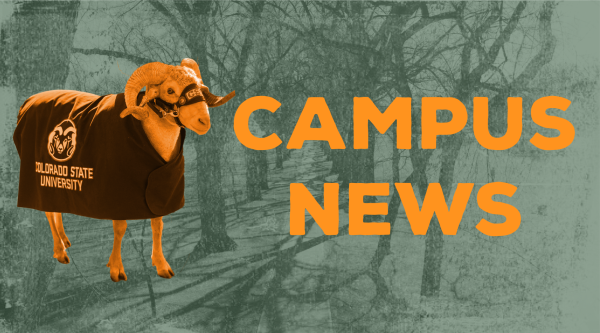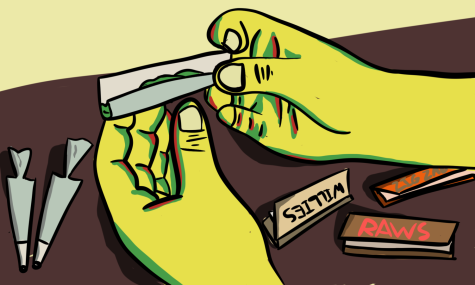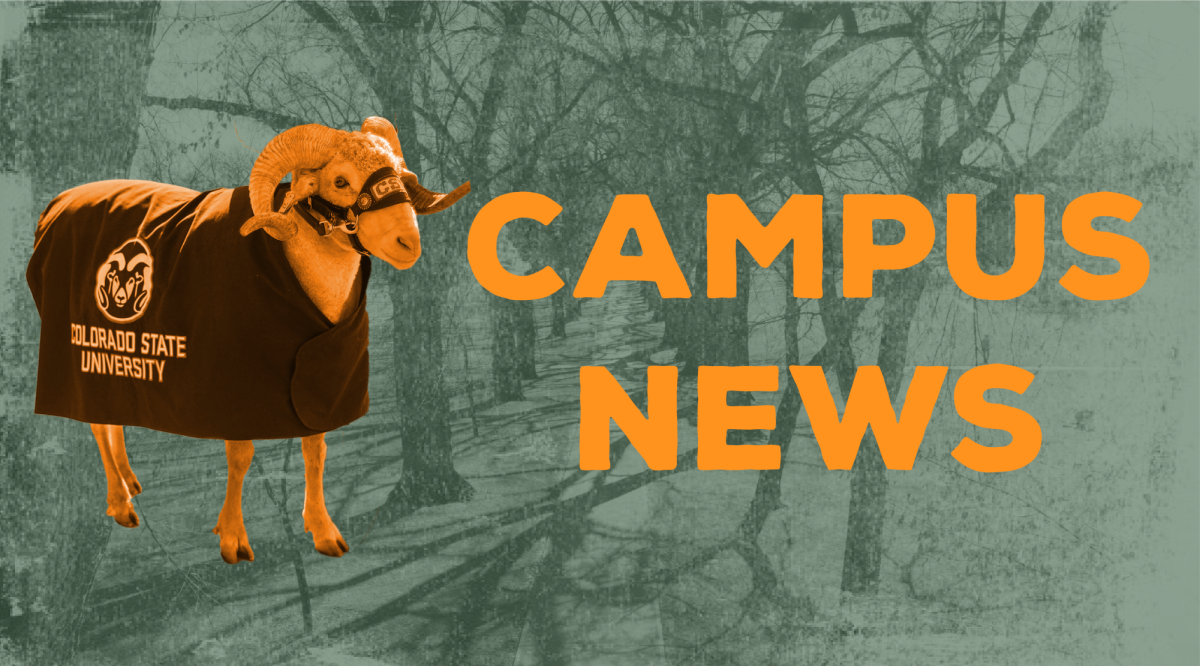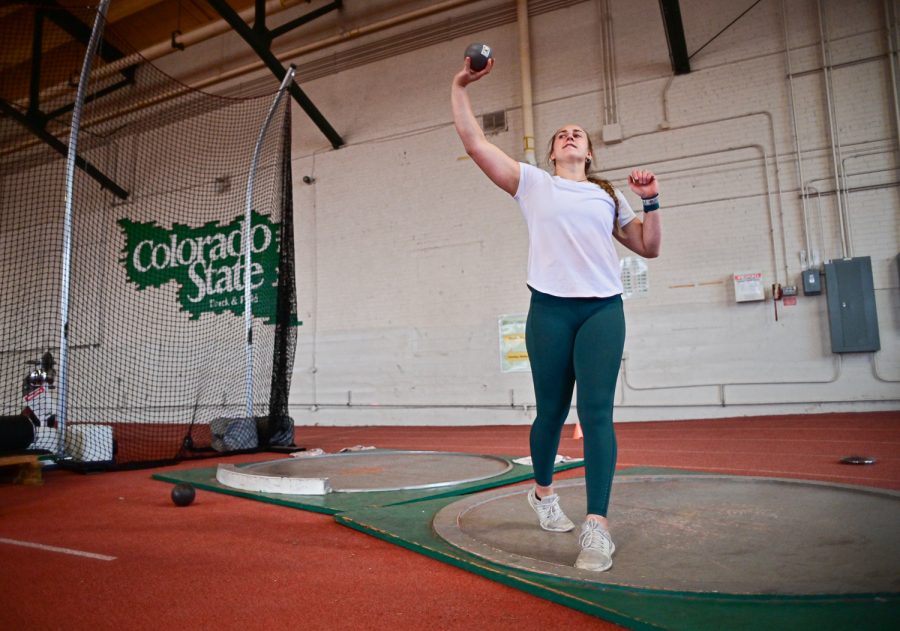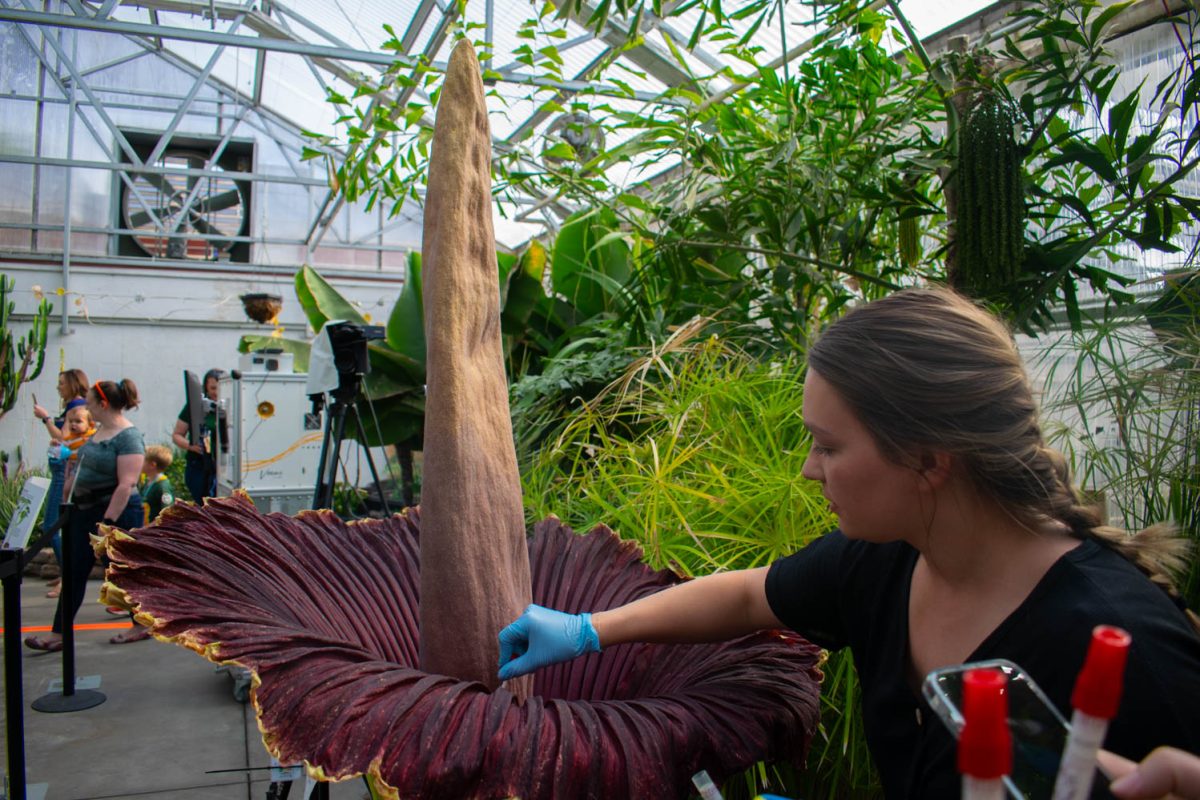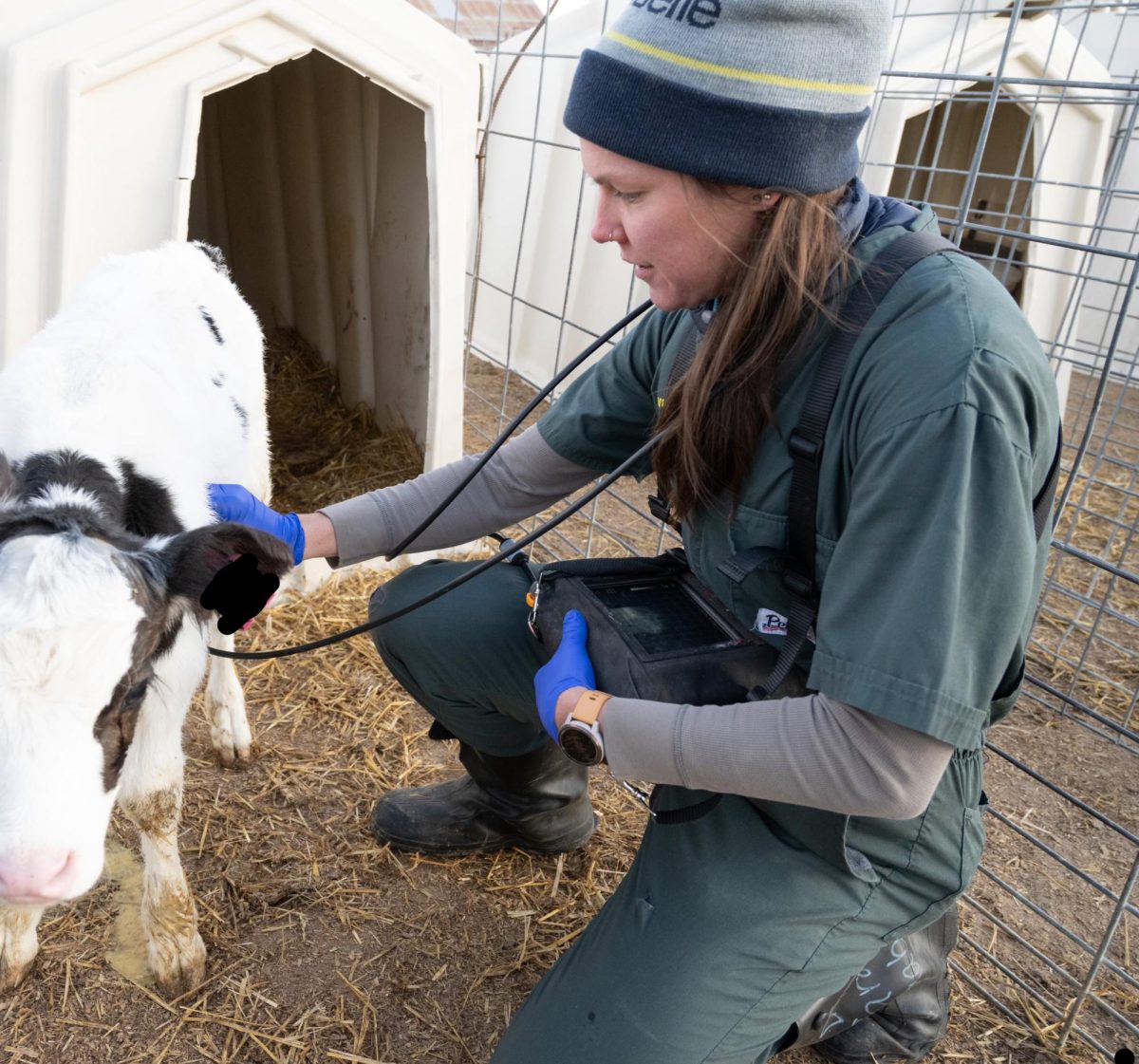Stephen Johnston, the director of the Center for Innovations in Medicine, and his team at Arizona State University set out to find a cure for cancer 12 years ago. Now, the once out-of-reach dream is becoming a reality.
Colorado State University is partnering with ASU, the University of Wisconsin-Madison and the University of California, Davis to find a cure for cancer using an unlikely patient: dogs.
Ad
“We did the research in the literature, and we saw that people had missed something,” Johnston said. “Everybody at that point said that you can’t make a vaccine to prevent cancer, and when we read all the papers and looked at it, we saw they had made a logical error when they came to that conclusion. So we tested out to see if the mistake, or what they had missed, would work to possibly make a vaccine.”
Dogs develop similar cancers that humans can have, making them a practical subject for the research. Dogs live for 12 years on average, and when they reach the ages of 8 to 10 years old, cancer is more likely to occur as a consequence of old age, said Doug Thamm, director of clinical research at the Flint Animal Cancer Center at CSU’s James L. Voss Veterinary Teaching Hospital.
“If you take a bunch of middle-aged to slightly older dogs and ask if cancer prevention works or not, you can potentially have that answer in five years, whereas the same kind of study in people might take 20 years to get that same answer,” Thamm said.
The goal of this research is to find an easy, affordable and accessible way for every person who needs treatment to get it, Johnston said.
Thamm said if the vaccine shows promise in the dog study, a medical product has the possibility of being commodified in 15 to 20 years.
“The bottom line is if we get a signal that this looks like it might be doing some good in dogs, it’s going to provide some very strong support to look at the same approach in people.” -Doug Thamm, director of clinical research at the Flint Animal Cancer Center at CSU’s James L. Voss Veterinary Teaching Hospital
The research that was done focused on self-antigens, which are typically used for an internal check to see if there is any bodily threat. Johnston decided instead to introduce a foreign neo-antigen rather than the self-antigen that was previously used.
The research also indicated scientists were observing the tumors at the DNA level. However, Johnston and Thamm’s research is investigating the errors made at the RNA level.
Mistakes happen at the DNA level, but even more mistakes occur at the RNA level, and after observing these tumor cell lines, researchers realized tumors make the same recurring mistakes.
“It’s not like every tumor will make the same mistake,” Johnston said. “But 10% of the tumors may make this kind of mistake and another 10% make this kind of mistake and another 20% make this kind of mistake. If you start looking through them like that, start finding enough of them that occur frequently enough, then you can pull them and make a vaccine.”
Ad
In the early stages of research, Johnston and his teams looked at mice. The vaccination was found to be safe and effective for mice, allowing the research to expand to larger animals. The study will include a total of 800 dogs, dividing them up among the campuses. The dogs must be:
- 6 to 10 years old
- Weigh at least 12 pounds
- Have no previous history of cancer or autoimmune disease
- Have no illness that could result in a lifespan of less than 5 years
- Have no current medication regarding immunosuppressants
Canine participants need to be a certain breed, according to the CSU Animal Care Center’s website. Studies have shown specific breeds are related to cancer mortality. Every dog accepted for the study is above the halfway point, Thamm said.
Half of the dogs will receive a placebo vaccine while the other half will be injected with the real vaccination. The teams will check in with the dogs every six months to track which dogs develop cancer.
Johnston said dogs get cancer about 40% of the time, which is similar to human rates. Following this statistic, the control group should see an average of 12 dogs developing cancer per year. These results will be compared to the vaccinated group to determine if the cancer rates are lower.
Every dog selected is expected to show signs of cancer naturally. After they are injected with either the placebo or real vaccination, the dogs are allowed to return home with their owners until further observation is conducted.
Within the group of 800 dogs, the teams are attempting to identify commonalities between the different developing tumors. If the mistakes are put together, researchers will be able to anticipate any tumor the dog would develop, expecting them to overlap with a certain number of found mistakes, Johnston said.
“If we cleared out the immune system of, let’s say, all 30, the tumors that arise will produce at least 10 of those variants and, therefore, there’s 10 parts of the immune system that can attack that tumor,” Johnston said.
Human tumors make the same kind of mistakes that dogs experience, so if the treatment proves effective in dogs, researchers are optimistic the vaccine will work in humans. If successful, research will move to the safety evaluation for human trials.
“The bottom line is if we get a signal that this looks like it might be doing some good in dogs, it’s going to provide some very strong support to look at the same approach in people,” Thamm said.
Laura Studley can be reached at news@collegian.com or on Twitter @laurastudley_.



